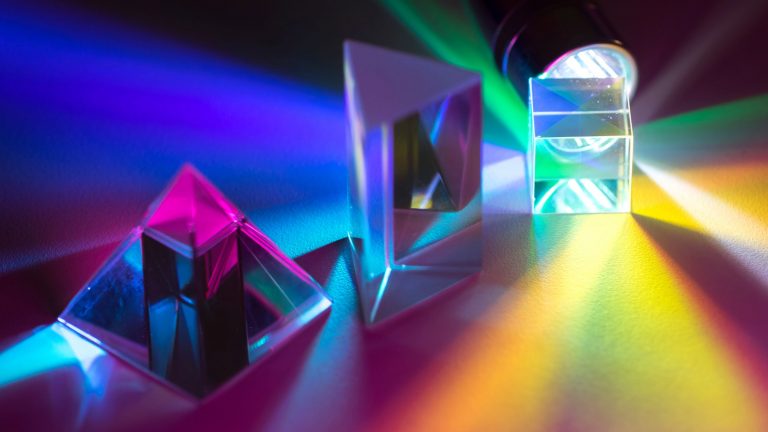UV Notch Filter Applications
In the expansive field of optical technology, precision and control over light wavelengths are crucial for a myriad of applications. UV notch filters stand out as versatile components offering unique capabilities in managing ultraviolet (UV) light. In this blog post, we’ll delve into the significance of UV notch filters, their applications, and the ways they contribute to advancing optical systems across various industries.
Understanding UV Notch Filters
UV notch filters are optical filters designed to selectively block a narrow band of UV wavelengths while transmitting light in the visible and near-infrared spectrum. These filters are characterized by a sharp transition between the blocked and transmitted wavelengths, creating a “notch” or gap in the UV spectrum. This precise control over UV light allows UV notch filters to enhance contrast, reduce background noise, and improve signal-to-noise ratio in optical systems.
Significance in Various Industries
- Fluorescence Microscopy: In fluorescence microscopy, UV notch filters are essential for selectively blocking excitation light while allowing emitted fluorescence to pass through. These filters help improve image contrast and clarity by reducing background fluorescence and enhancing the visibility of fluorescently labeled specimens.
- Spectroscopy: In spectroscopic applications, UV notch filters are used to remove unwanted UV wavelengths from the excitation source or to selectively block specific UV emission lines. This ensures accurate measurement of absorption or emission spectra without interference from UV background noise.
- Photolithography: In semiconductor manufacturing, UV notch filters are employed in photolithography systems to control the wavelength of UV light used for patterning photoresist layers. By blocking unwanted UV wavelengths, these filters help achieve precise feature resolution and control over the semiconductor fabrication process.
- Biomedical Imaging: In biomedical imaging applications such as confocal microscopy and flow cytometry, UV notch filters are used to enhance image contrast and specificity by selectively blocking UV excitation light. This allows for accurate visualization and analysis of cellular and molecular structures with minimal background interference.
Advantages of UV Notch Filters
- Enhanced Contrast: UV notch filters improve contrast by selectively blocking UV wavelengths, allowing for clear visualization of fluorescence or absorption features in optical systems.
- Reduced Background Noise: By blocking unwanted UV light, UV notch filters minimize background noise and improve the signal-to-noise ratio in fluorescence microscopy and spectroscopic measurements.
- Improved Sensitivity: UV notch filters enhance the sensitivity of optical systems by selectively transmitting desired wavelengths while effectively blocking interfering UV radiation.
- Precise Control: UV notch filters offer precise control over UV light wavelengths, allowing for customized optical configurations tailored to specific applications and experimental requirements.
Conclusion
UV notch filters play a crucial role in enhancing optical precision and sensitivity across a wide range of industries, from microscopy and spectroscopy to semiconductor manufacturing and biomedical imaging. With their ability to selectively block UV wavelengths while transmitting visible and near-infrared light, UV notch filters enable improved contrast, reduced background noise, and enhanced sensitivity in optical systems.
As technology continues to advance, the demand for high-performance UV notch filters will only grow, driving innovation and pushing the boundaries of what’s possible in optical technology. With their versatility, precision, and reliability, UV notch filters are poised to remain indispensable components in the pursuit of clearer, brighter visions of the future.








